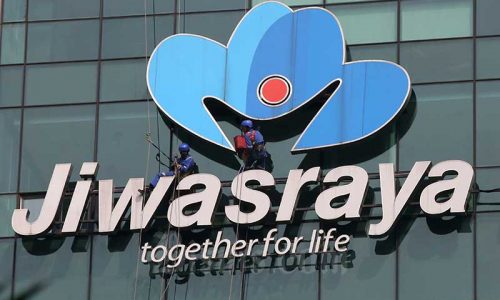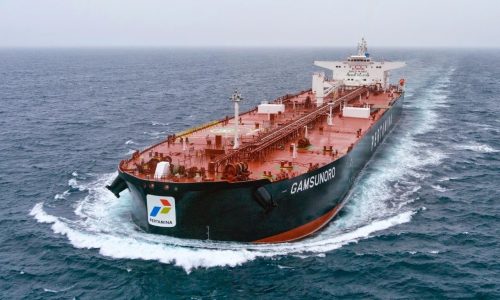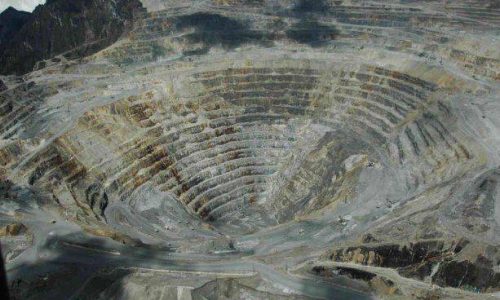The government has prioritized the development of Indonesia’s Special Economic Zones (SEZs) in order to attract over US$ 50 billion in foreign investments over the next decade, according to aseanbriefing.com.
Currently, there are 19 SEZs in Indonesia, spreading in its main islands. A total of 12 SEZs are currently operational and the remaining 7 are under construction. From the 19 SEZs, 8 are designated for tourism, while the rest are for manufacturing and processing.
The government’s goal in creating SEZs is to spread the development across the country rather than just focusing on Java island. As of 2021, the SEZs in Indonesia attracted a little over US$ 5 billion in investments and provided jobs for more than 28,000 people.
Indonesia starts building SEZ in 1970s
The history of the Special Economic Zones in Indonesia dated back in the 1970s. The government introduced the concept as a way to attract foreign investment and stimulate economic growth to maximize industrial activities, export, import and other related activities with high economic value. The first SEZ in Indonesia, the Kota Baru Industrial Estate, was established in 1976 in Gresik regency, East Java.
In the 2000s, the government continued to promote the SEZ, which covered a wider range of labor intensive industries including textiles, electronics, pharmaceuticals and automotive.
Map of SEZs in Indonesia
- Sumatra Island : Arun Lhokseumawe SEZ, Sei Mangkei SEZ, Nongsa SEZ, Batam Aero Technic SEZ, Galang Batang SEZ, and Tanjung Api-Api SEZ
- Bangka Belitung Islands : Tanjung Kelayang SEZ
- Java Island : Tanjung Lesung SEZ, Lido SEZ, Kendal SEZ, Gresik SEZ, and Singhasari SEZ
- Nusa Tenggara Islands : Mandalika SEZ
- Kalimantan Island : Maloy Batuta Trans Kalimantan SEZ
- Sulawesi Island : Palu SEZ, Likupang SEZ, Bitung SEZ, and Morotai SEZ
- Papua Island : Sorong SEZ.
Facilities and incentives in SEZs
The National Council for Special Economic Zone explained in its website that to entice foreign investors, the government has offered facilities and incentives. They include:
Fiscal facilities
- Tax holiday 100% and/or tax allowance for those who didn’t get the tax holiday
- No collection of VAT
- Exemption from import duty and non-collection of taxes for the import of capital goods and consumer goods in Tourism SEZ
- Luxury goods tax is not collected from maintenance, repairs and overhauls
- Suspension of import duties for business actors who have completed construction/development
- Reduction of local taxes and/or regional retributions by 50-100%
- Provisions on the traffic of imported goods doesn’t apply yet
- Additional facilities in tourism KEK for foreign passport holders
Non-fiscal facilities
- Licensing facilities
- Ownership of foreign goods in Tourism SEZ
- Special regulations related to employment
- Convenience in immigration
- Land use and spatial planning
- Integrated infrastructure support from the government
- Environmental comfort and
- Other incentives & facilities.
Things to consider before investing
- Government regulations: Understand the laws and regulations that govern SEZs in Indonesia, including investment requirements, taxes, and labor laws.
- Infrastructure: Investigate the availability of infrastructure such as transportation, power, and water supply in the SEZs.
- Market potential: Evaluate the potential market for the products or services in the SEZs and the surrounding areas.
- Labor costs: Research the cost of labor in the SEZs and the availability of skilled workers.
- Political stability: Consider the political stability of Indonesia and the provincial and regental/mayoralty politics near the SEZ, as well as any potential risks to your investment.
- Competition: Analyze the competition in the SEZs and the surrounding area to understand the market dynamics.
- Legal protection: Investigate the legal protection for foreign investors in Indonesia and the SEZs.
- Support from local administrations: Understand the level of support and incentives offered by the local administrations for investors in the SEZ.









